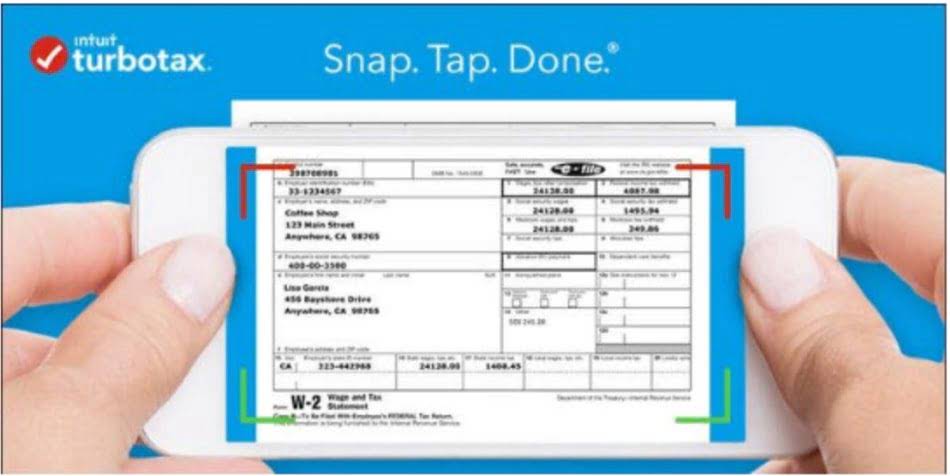Profit Margin: How to Calculate It, What It Tells You
Mostbet official site in india
29 juli 2023Spin The Wheel Let the Custom Wheel Decide At Random
31 juli 2023
A high-profit margin means that a company is making a lot of money off of each sale and is therefore doing well financially. Businesses need to make sure that their sales margins are high enough to cover their costs and generate a profit. If margins are too low, it can be challenging to stay in business or to overcome unforeseen business expenses. One way to accomplish this is by learning how to use a sales margin formula. Gross margin focuses solely on the relationship between revenue and COGS.
Finland’s Neste shares plummet on downbeat biofuel sales margin outlook – Reuters
Finland’s Neste shares plummet on downbeat biofuel sales margin outlook.
Posted: Thu, 08 Feb 2024 08:00:00 GMT [source]
Net profit margin is a strong indicator of a firm’s overall success and is usually stated as a percentage. However, keep in mind that a single number in a company report is rarely adequate to point out overall company performance. An increase in revenue might translate to a loss if followed by an increase in expenses.
What Is Profit Margin?
Business owners, company management, and external consultants use it internally for addressing operational issues and to study seasonal patterns and corporate performance during different time frames. A zero or negative profit margin translates to a business that’s either struggling to manage its expenses or failing to achieve good sales. Drilling it down further helps to identify the leaking areas—like high unsold inventory, excess or underutilized employees and resources, or high rentals—and then to devise appropriate action plans. Businesses that are running on borrowed money may be required to compute and report their profit margins to lenders (like a bank) on a monthly basis.
The sales margin is a crucial metric for businesses, as it provides an indication of profitability. For example, if a product has a sales margin of 10%, this means that for every $1 the product is sold for, the company makes 10 cents of profit. When calculating net margin and related margins, businesses subtract their COGS, as well as ancillary expenses. Some of these expenses include product distribution, sales representative wages, miscellaneous operating expenses, and taxes.
What Is Net Profit Margin? Formula for Calculation and Examples
For investors, the gross margin is just one way to determine whether a company is a good investment. Markup is the amount that you increase the price of a product to determine the selling price. Though this sounds similar to the margin, it actually shows you how much above cost you’re selling a product for. While this is common practice, the net profit margin ratio can greatly differ between companies in different industries.

Ideally, investors want to see a track record of expanding margins, meaning that the net profit margin is rising over time. The specific calculations of sales margins usually defer from business to business. The sales margin is considered an essential indicator of the success of the company. The sales margin directly translates to profitability, and it does not need sophisticated calculation software. Once you know your gross profit you need to subtract your operating expenses from it to get your operating income number.
The Difference Between Gross Margin and Gross Profit
As a business owner, it’s important for you to understand how to calculate your profit margin. However, it’s just as important to understand what those results really mean. In essence, sales margin formula the profit margin has become the globally adopted standard measure of the profit-generating capacity of a business and considered a top-level indicator of its potential.

Before you sit down at the computer to calculate your profit, you’ll need some basic information, including revenue and the cost of goods sold. The sales margin is important because it measures how much of each sale is left after the cost of goods sold is deducted. This information can be used to make pricing decisions and evaluate the profitability of a business. Profit margin is important because it measures the amount of revenue that is left after all expenses are deducted. This information can be used to make decisions about how to allocate resources and assess the financial health of a business. In short, gross and net profit margins are both necessary measures of profitability, but they tell different stories about a company’s business.
Let’s take the second sales margin formula example of two software companies Company A and Company B. A high gross profit margin means you have more money available to run your business. A high net profit margin means you have more money available to distribute to owners or shareholders in the business. If you currently have a sales mix, meaning you sell multiple products, it can be helpful to calculate the margin mix for all of your products individually. This margin calculation can help you determine which products are the most profitable. Agriculture-based ventures usually have low profit margins owing to weather uncertainty, high inventory, operational overheads, need for farming and storage space, and resource-intensive activities.
Markup is usually expressed as a percentage of the COGS, so in this case, your markup would be 67%. Margin is the difference between your selling price and your cost of goods sold (COGS). For example, if you sell a product for $100 and it costs you $60 to make, your margin is $40. Margin is usually expressed as a percentage of the selling price, so in this case, your margin would be 40%. Markup and margin are used in many businesses, and it’s essential to understand the difference in order to run a business successfully. A jewelry company that sells a few expensive products may have a much higher profit margin as compared to a grocery store that sells many cheap products.